Ep 152: The Voynich Manuscript Part 2
Undated photograph of Wilfrid Voynich, about 48 years old, by F. Hollyer. From the Beinecke Rare Book & Manuscript Digital Collection.
We all want to know what the Voynich means, but most would-be interpreters begin with their own preconceptions, and their attempts to demystify the medieval past only serve to mystify it further, making the Voynich into a telling avatar of our vexed relationship with the past.
– Paraphrased from an August 14, 2019 Washington Post Article entitled “Why do people keep convincing themselves they’ve solved this medieval mystery?” by Lisa Fagin Davis, Executive Director of the Medieval Academy of America
Background:
Since its modern discovery, no other medieval manuscript has seen as much media attention or scholarly scrutiny as the Voynich Manuscript. No doubt this is due to the fantastical strangeness of its mystery, which is also the same reason it continually captures the imagination of the public. Because it would seem, the bigger the mystery, the bigger the reward for its solving. Like with any enduring enigma, the manuscript has attracted its share of sleuths who have claimed they've been the ones to at least gain an insight into a solution. Their confidence may be due to another mystical property of the manuscript. If one looks hard enough for evidence to make their preconceived hypothesis work, they will find some within its pages. However, why such interest and debate over this old book? Other than as a specimen of 600-year-old "folk art," what is the worth of a book no one can read? Because the Voynich Manuscript still holds the promise of revealing secret knowledge that could help humanity, and it has always been extremely satisfying to discover that which has been lost.






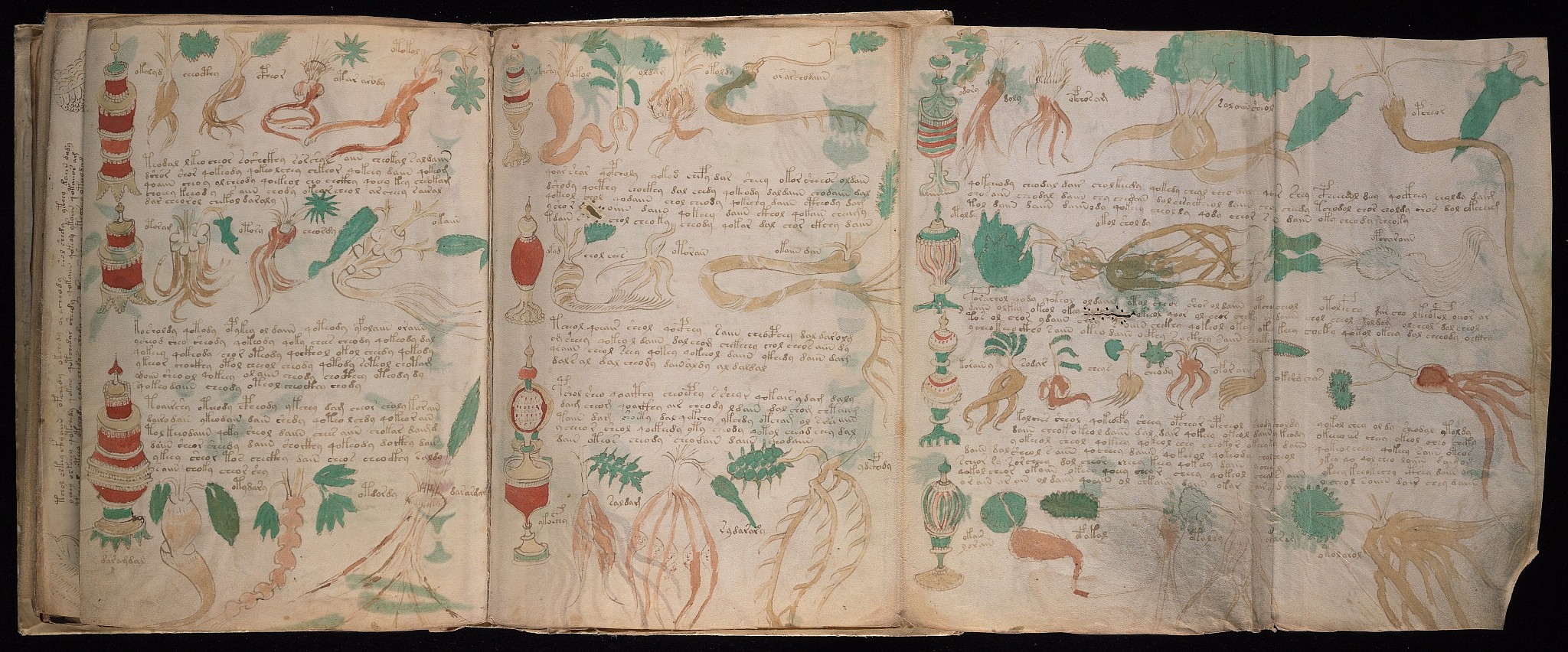
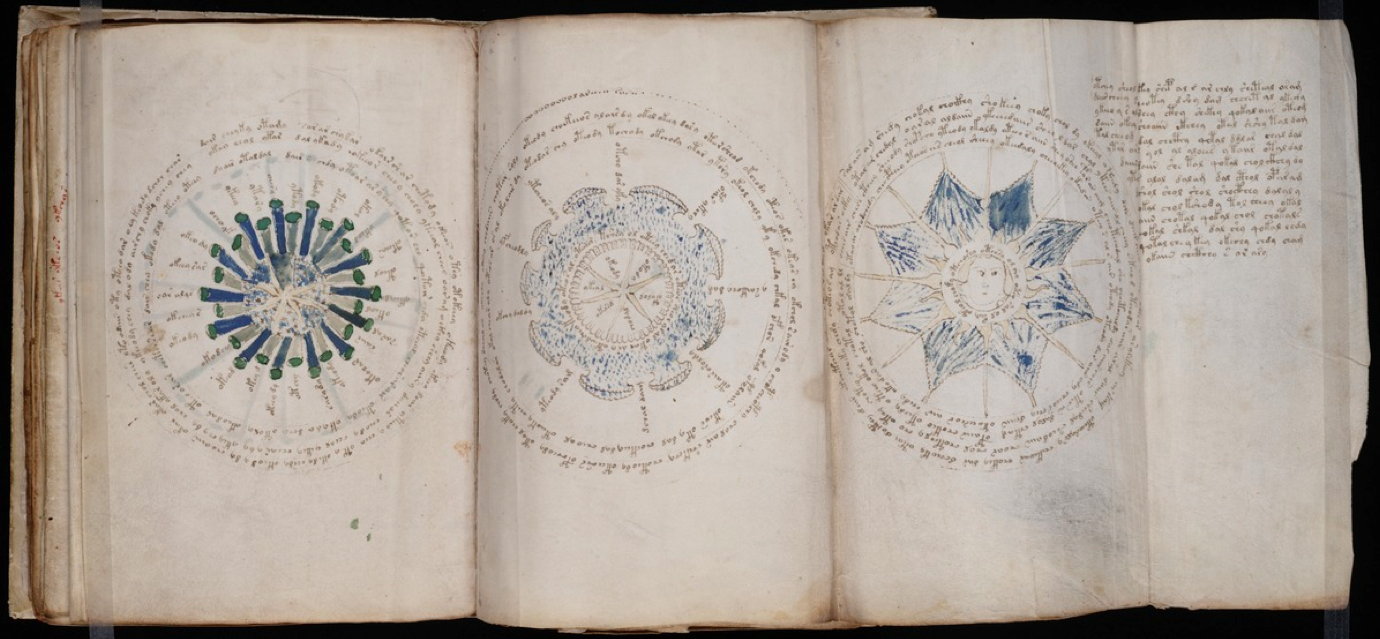
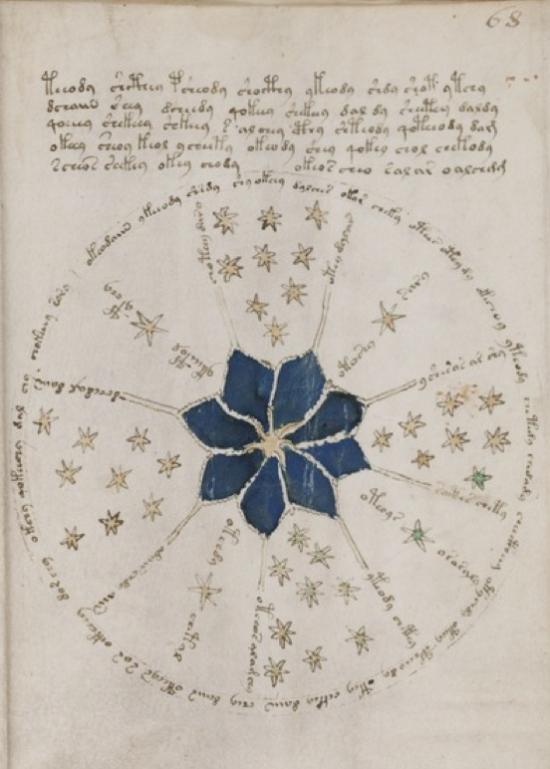
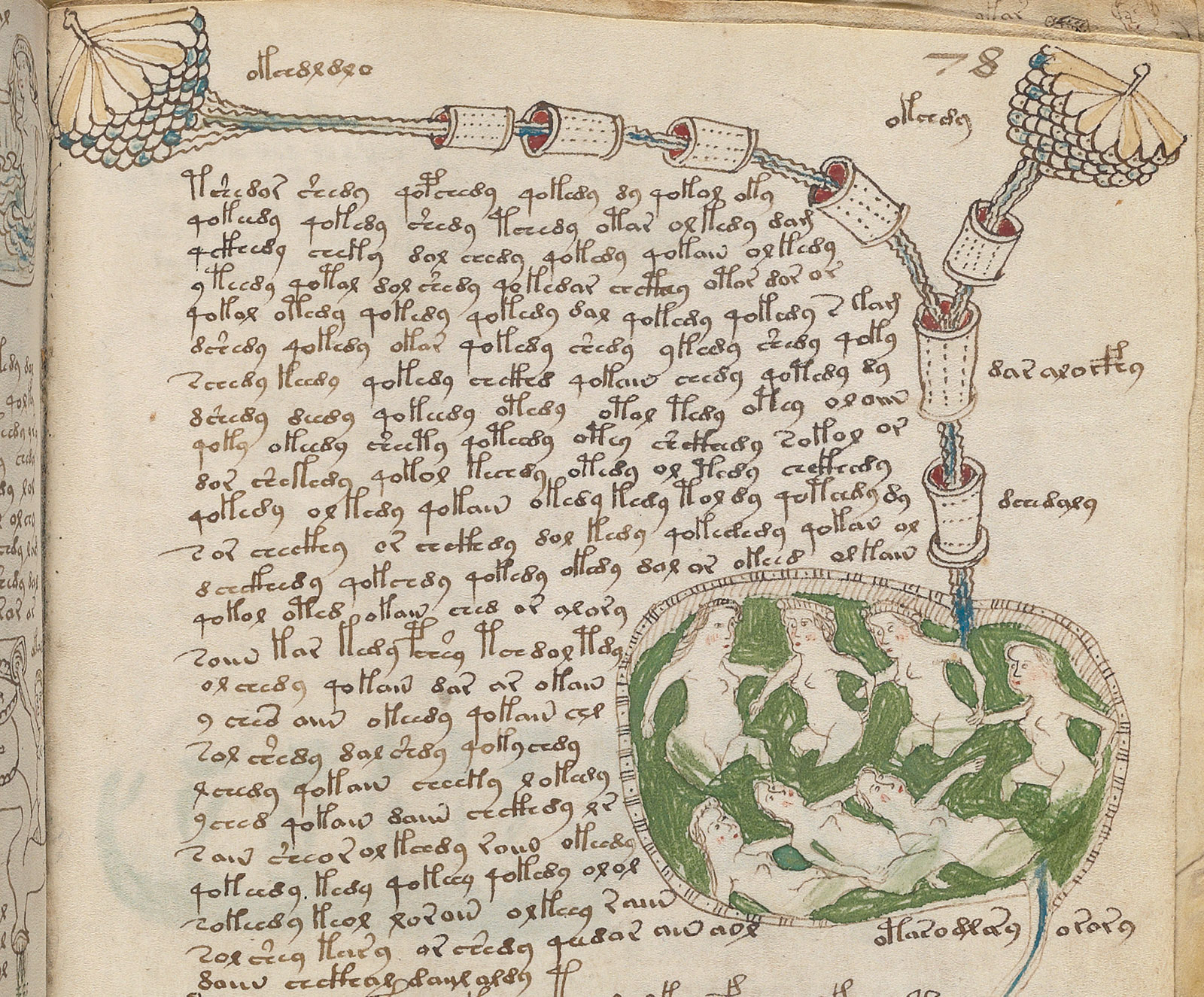


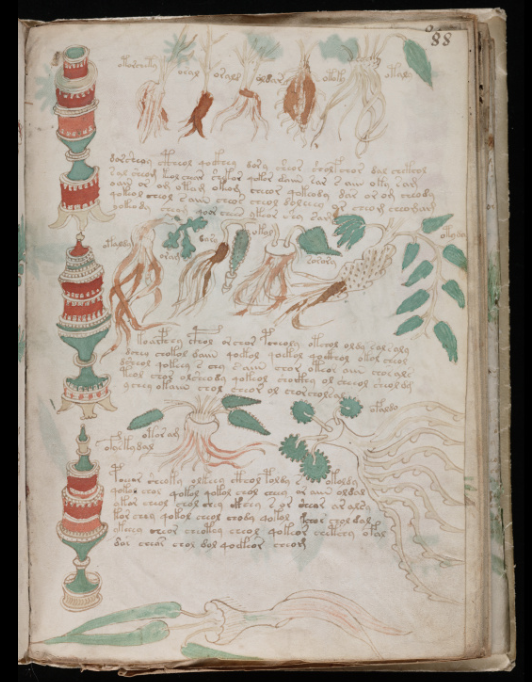
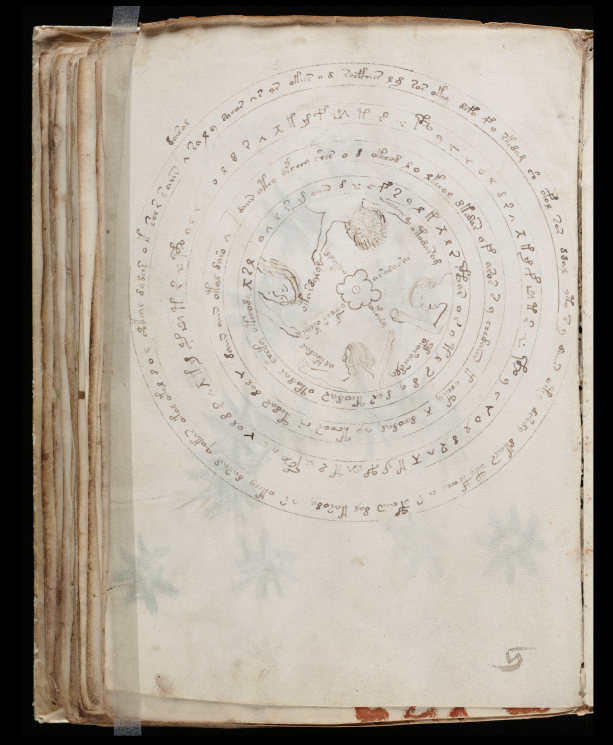
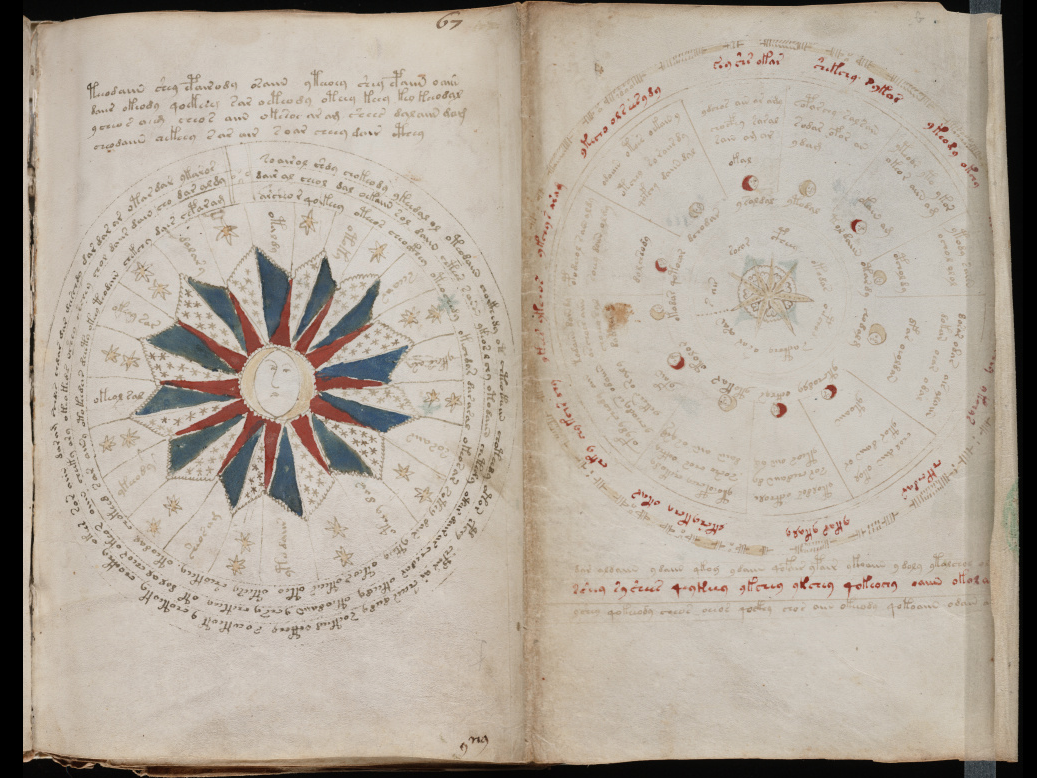
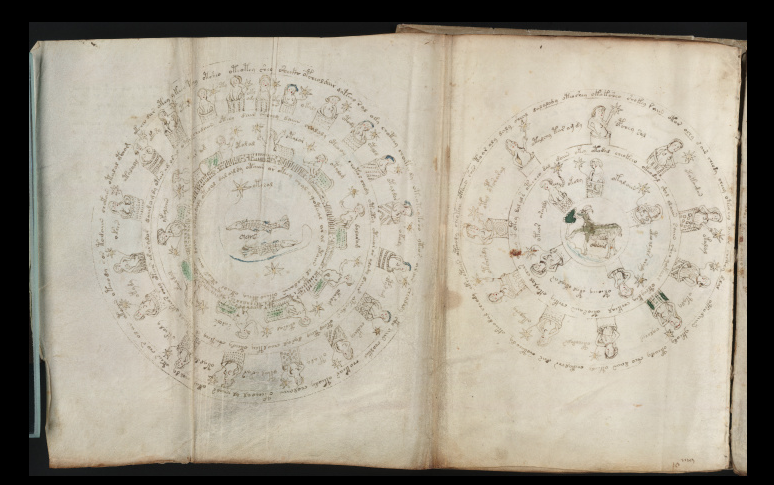
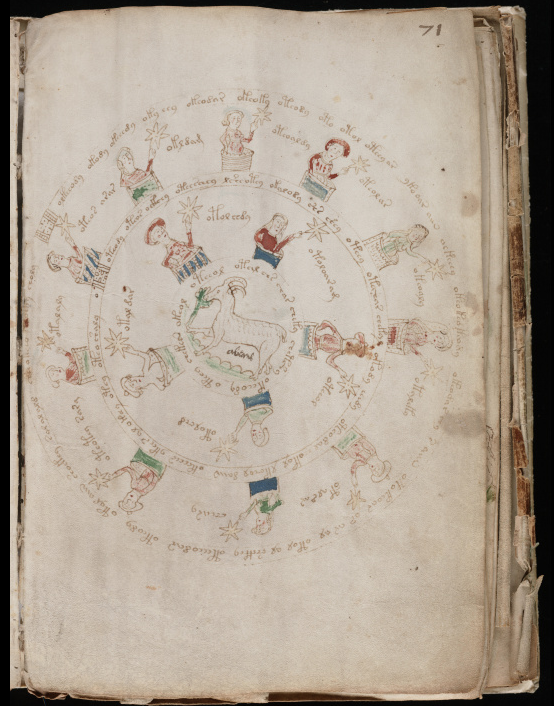
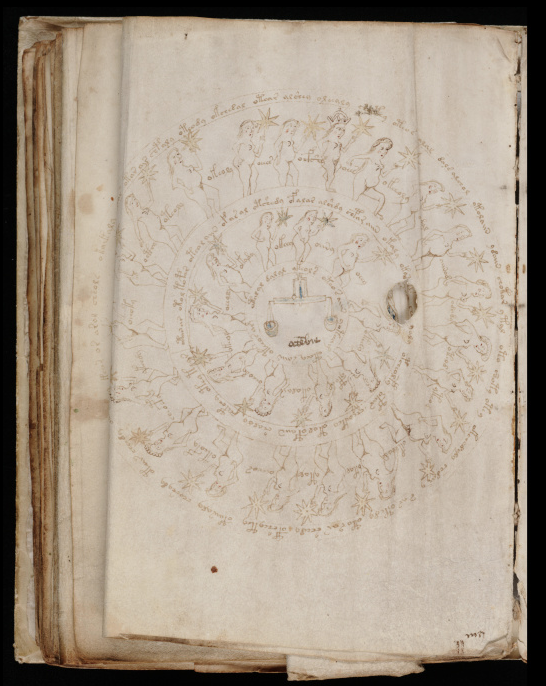
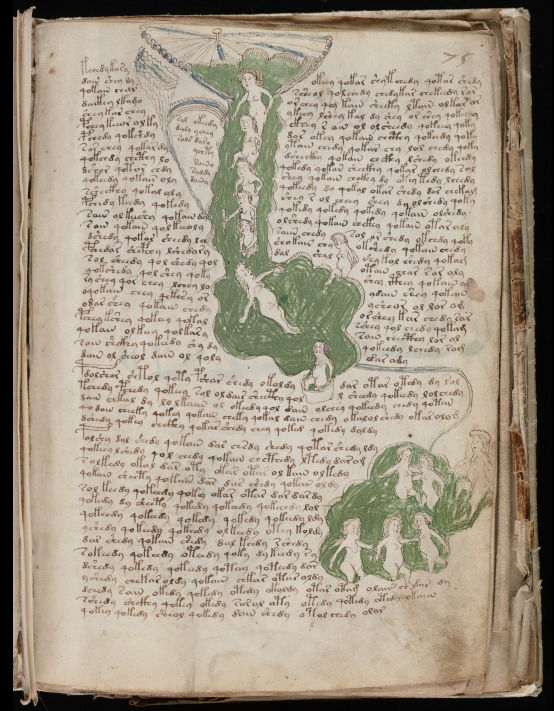
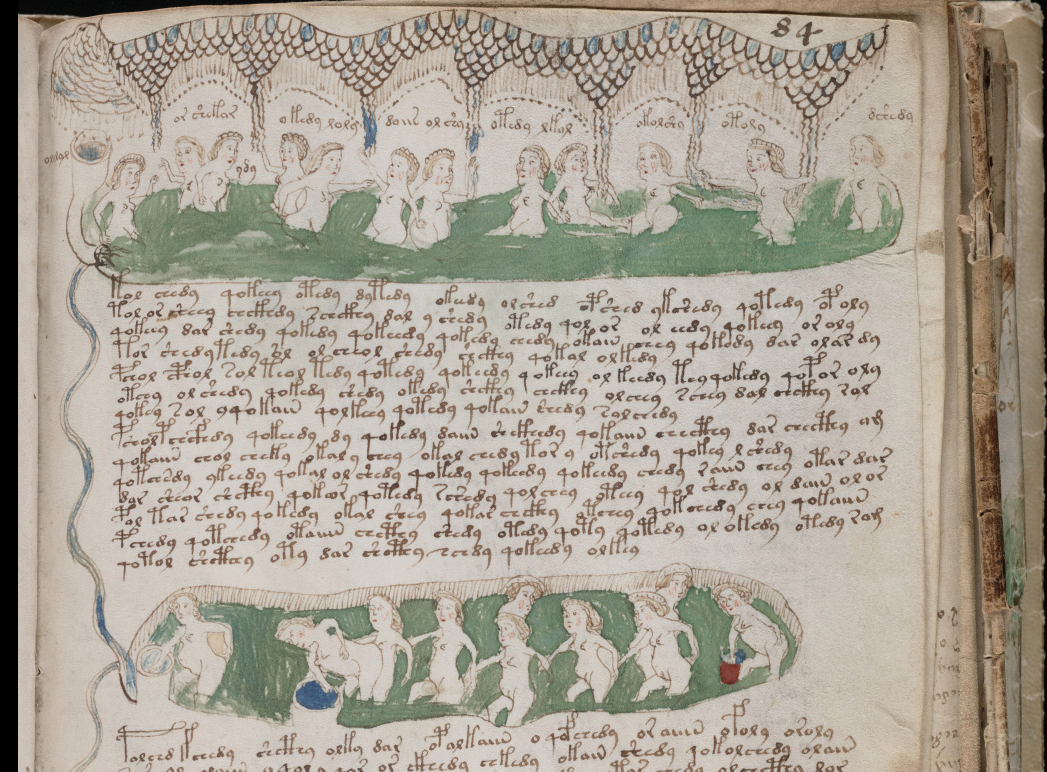
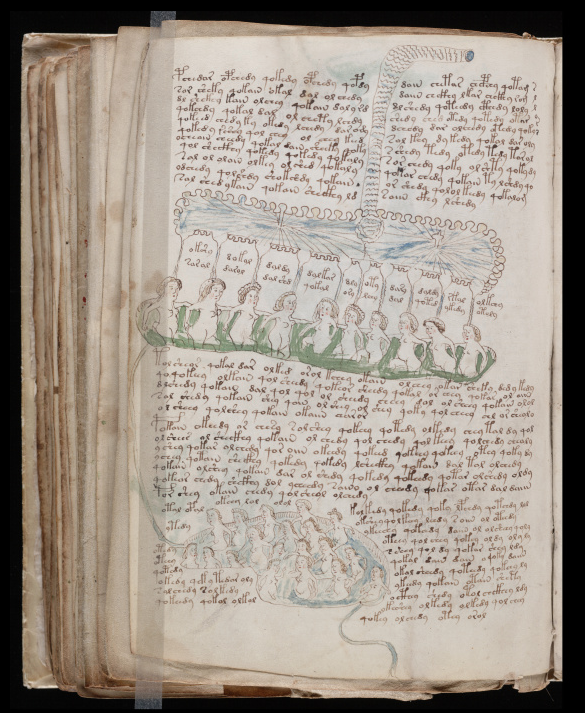
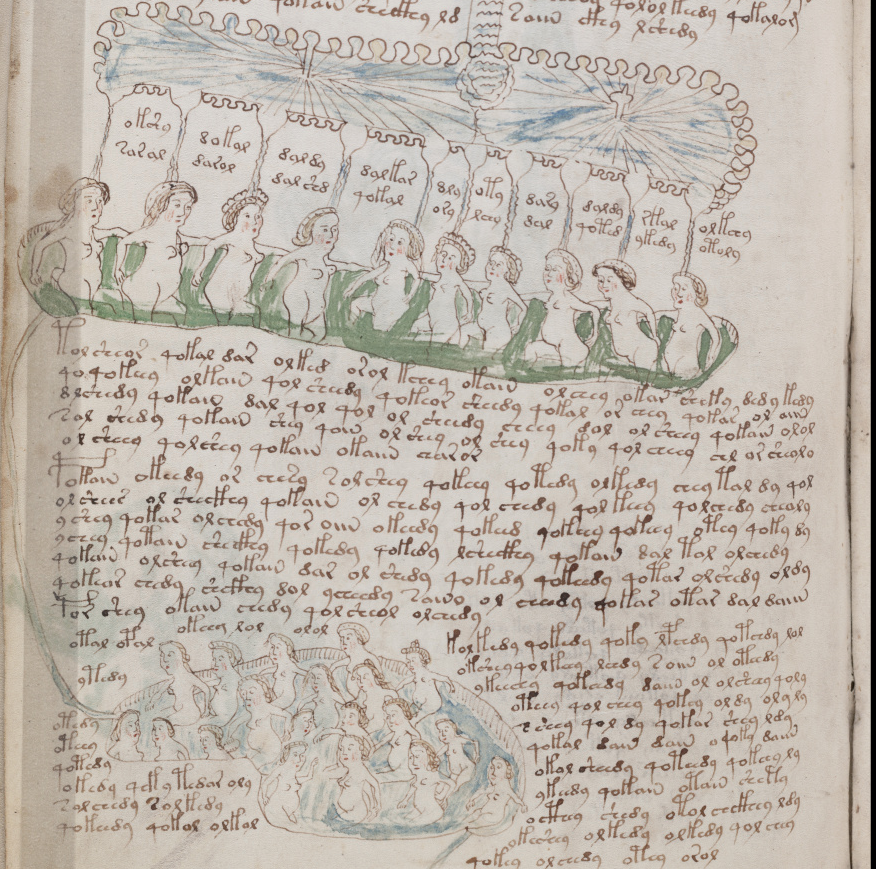
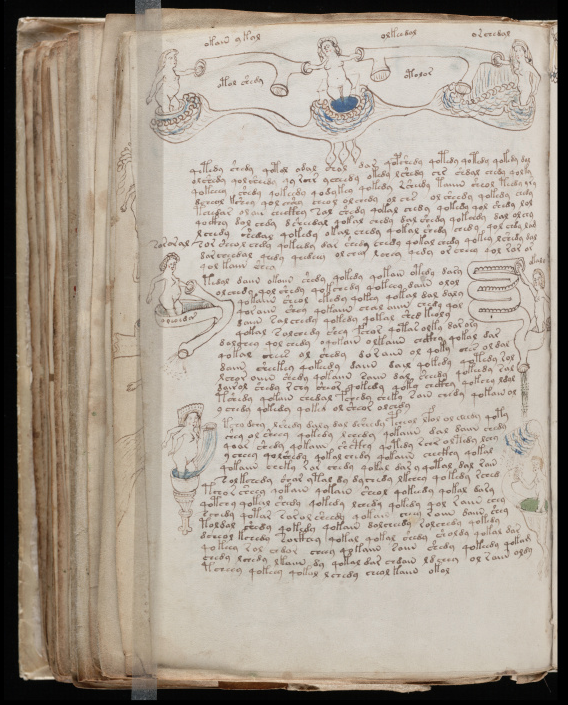
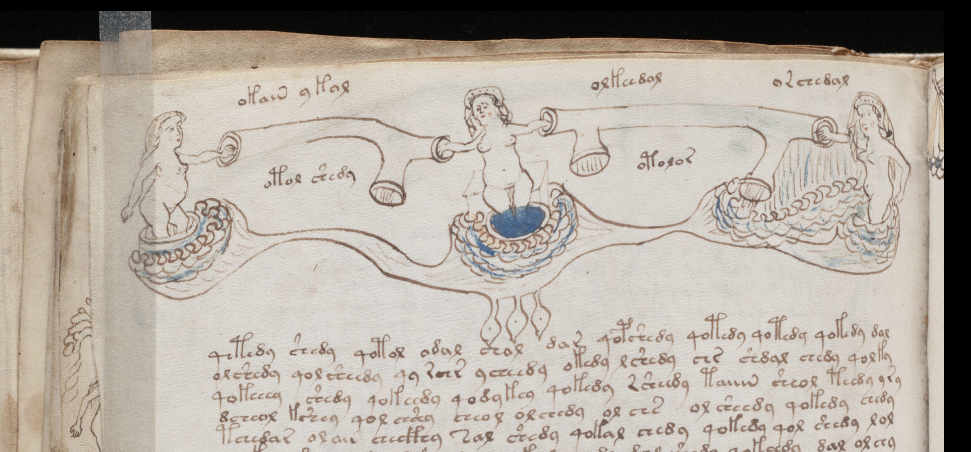
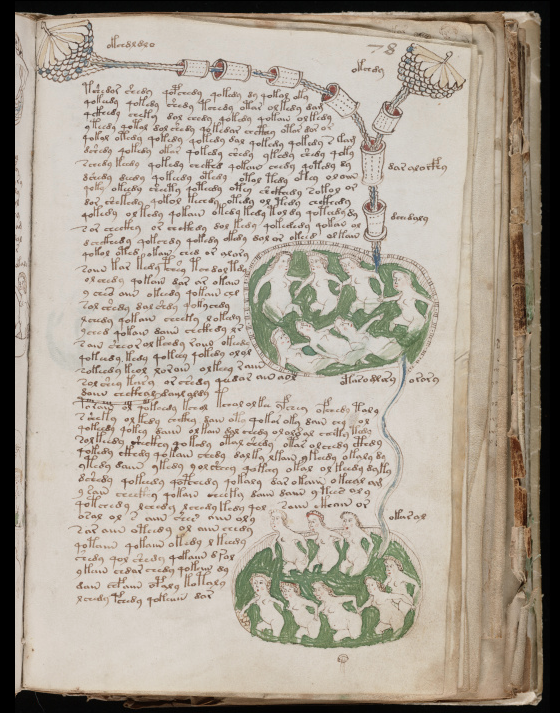
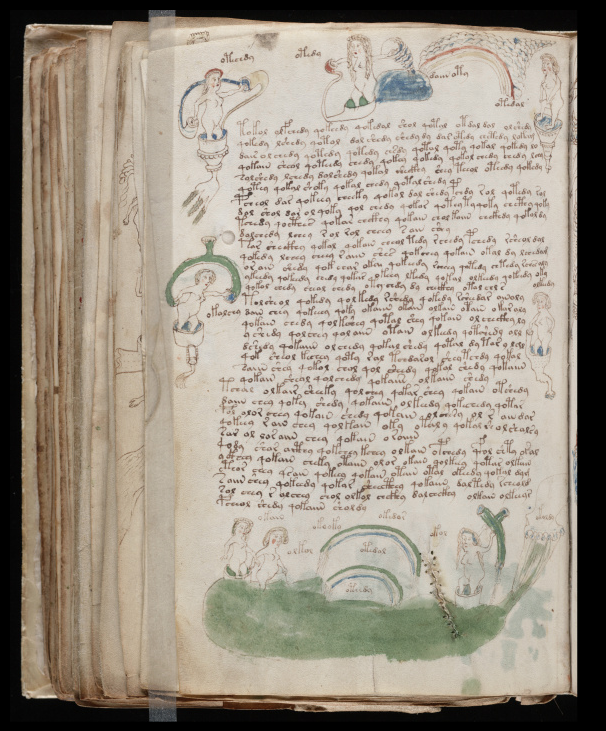
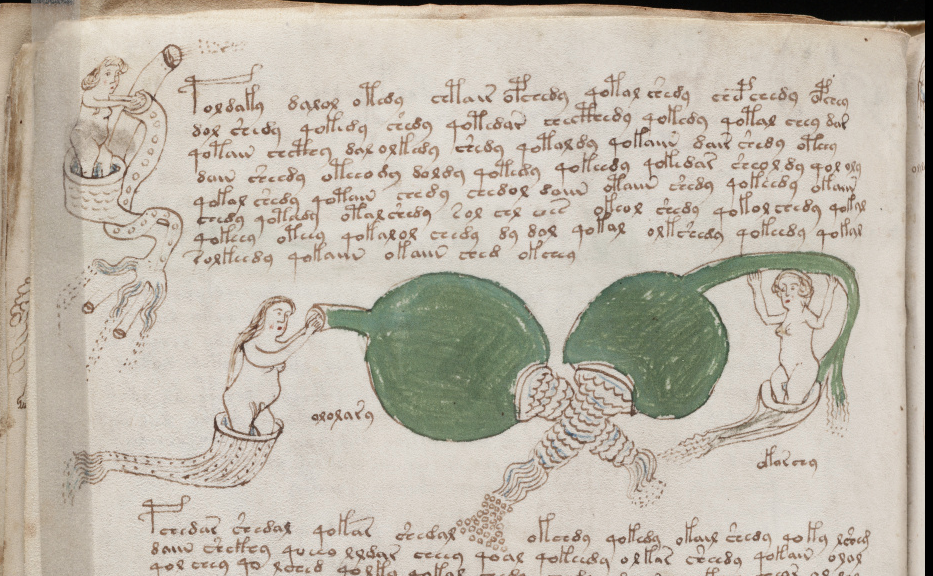
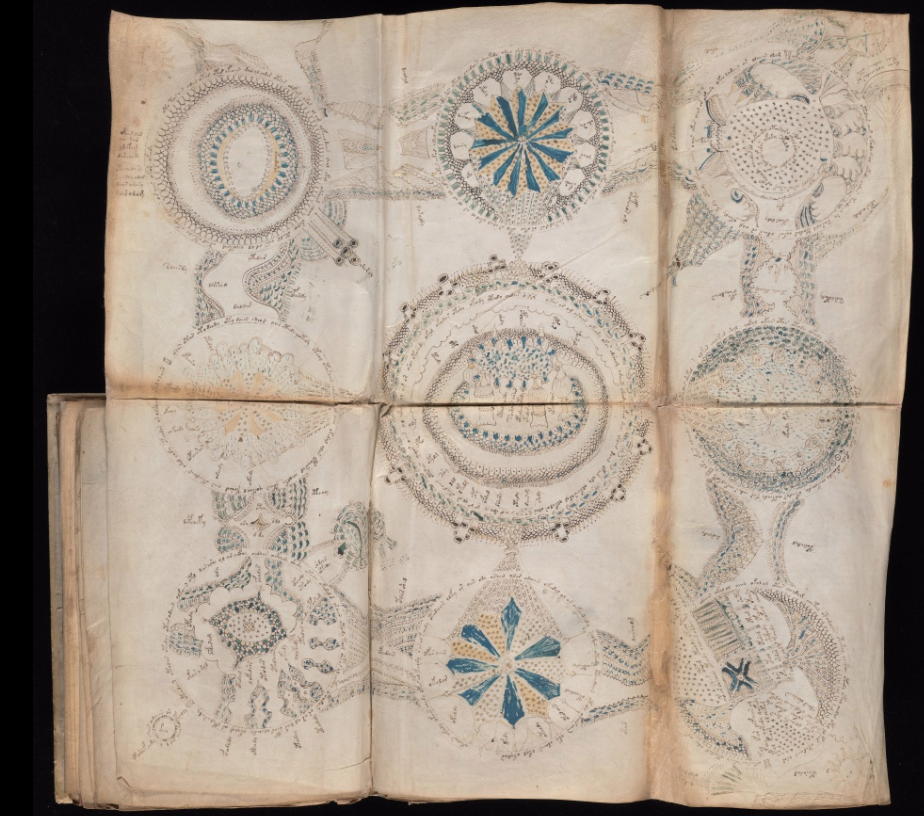
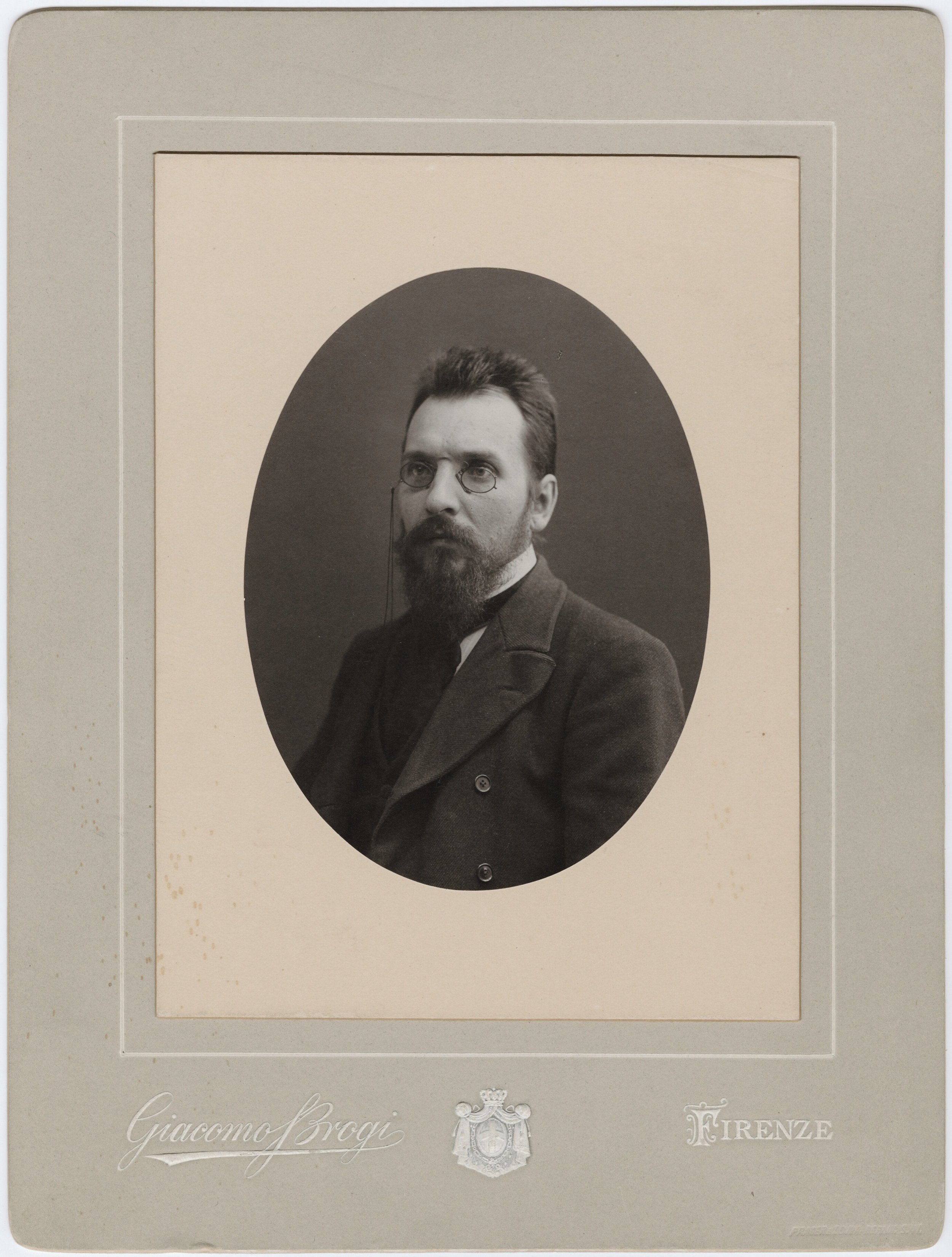
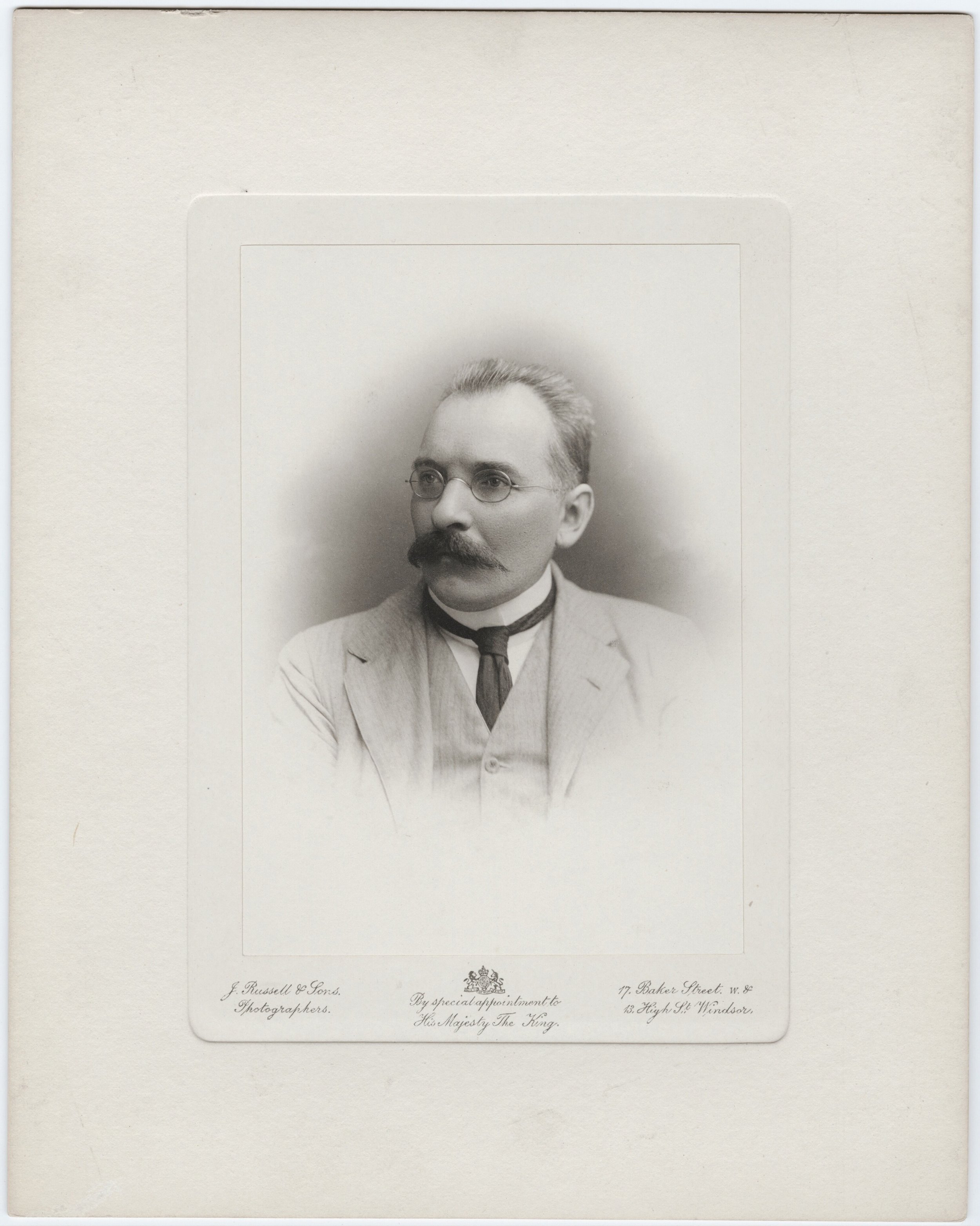
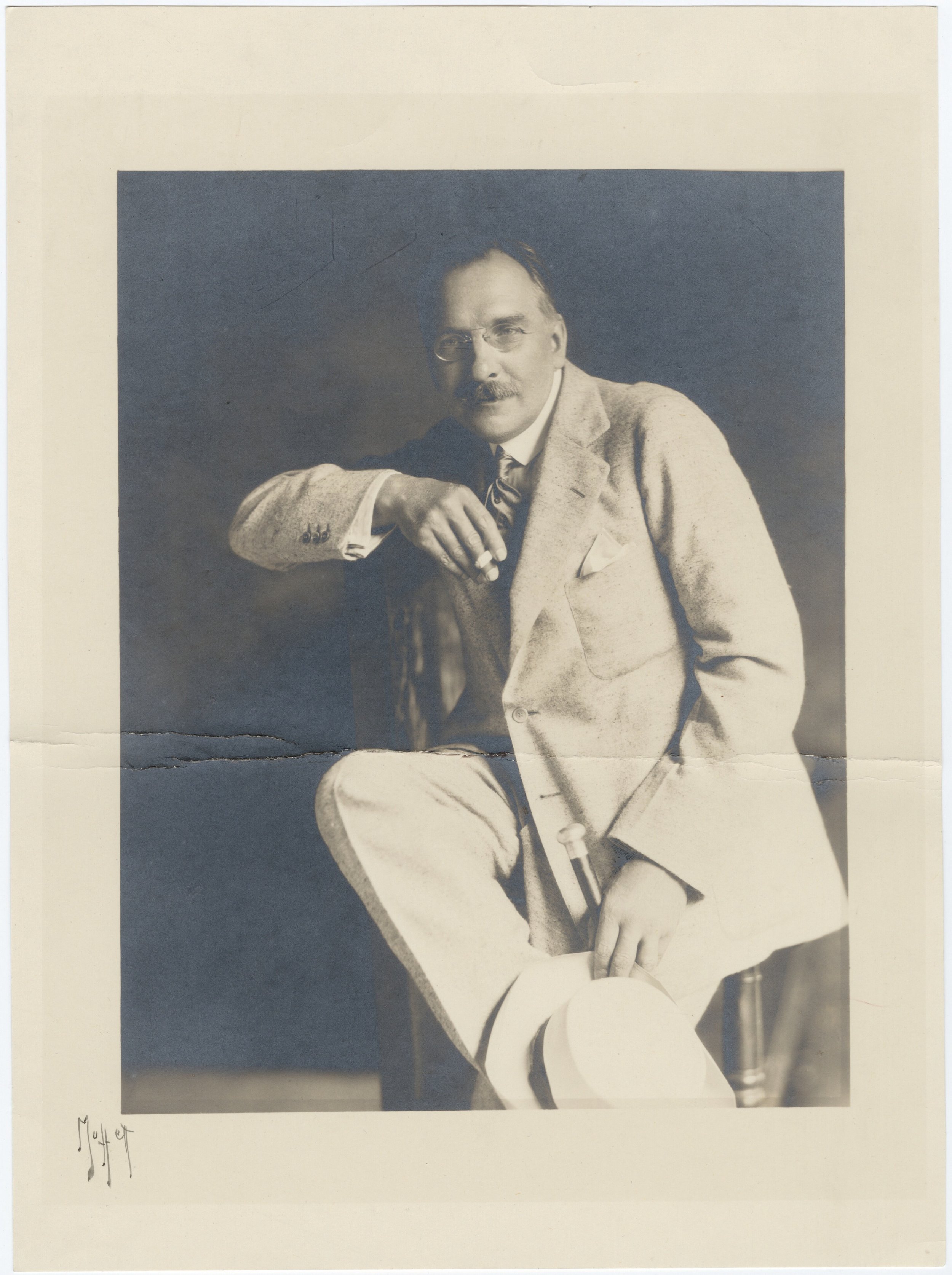
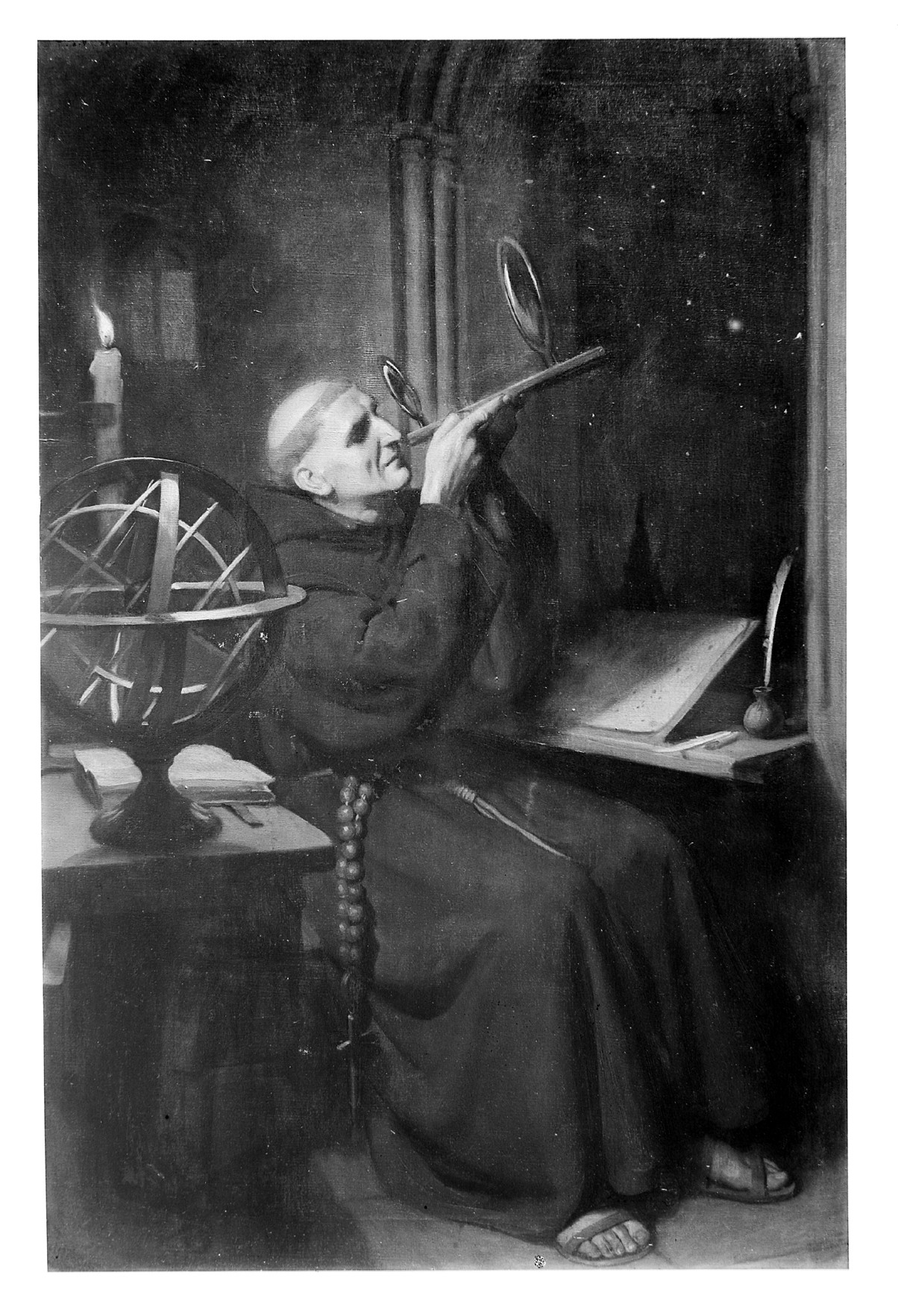
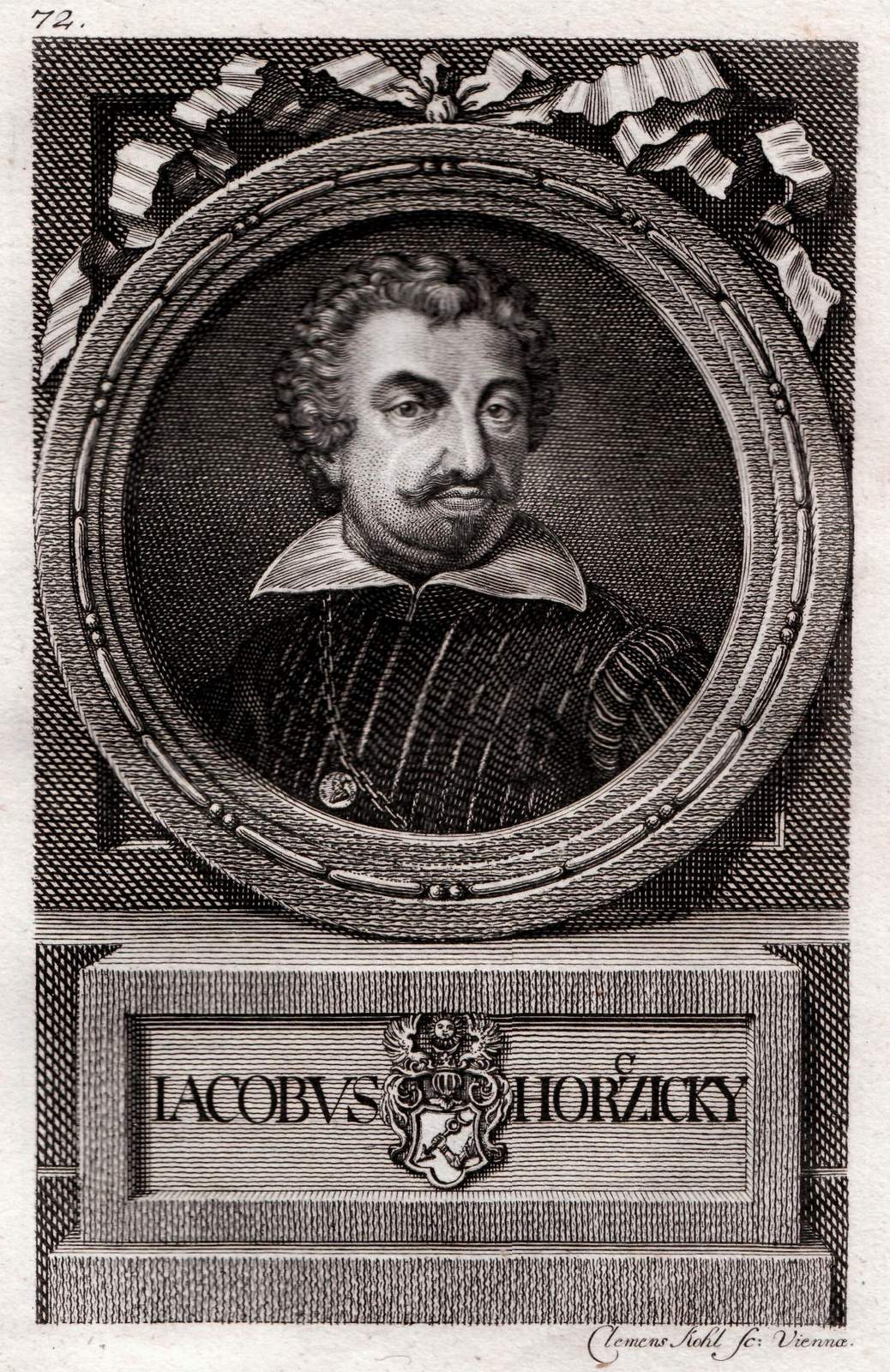



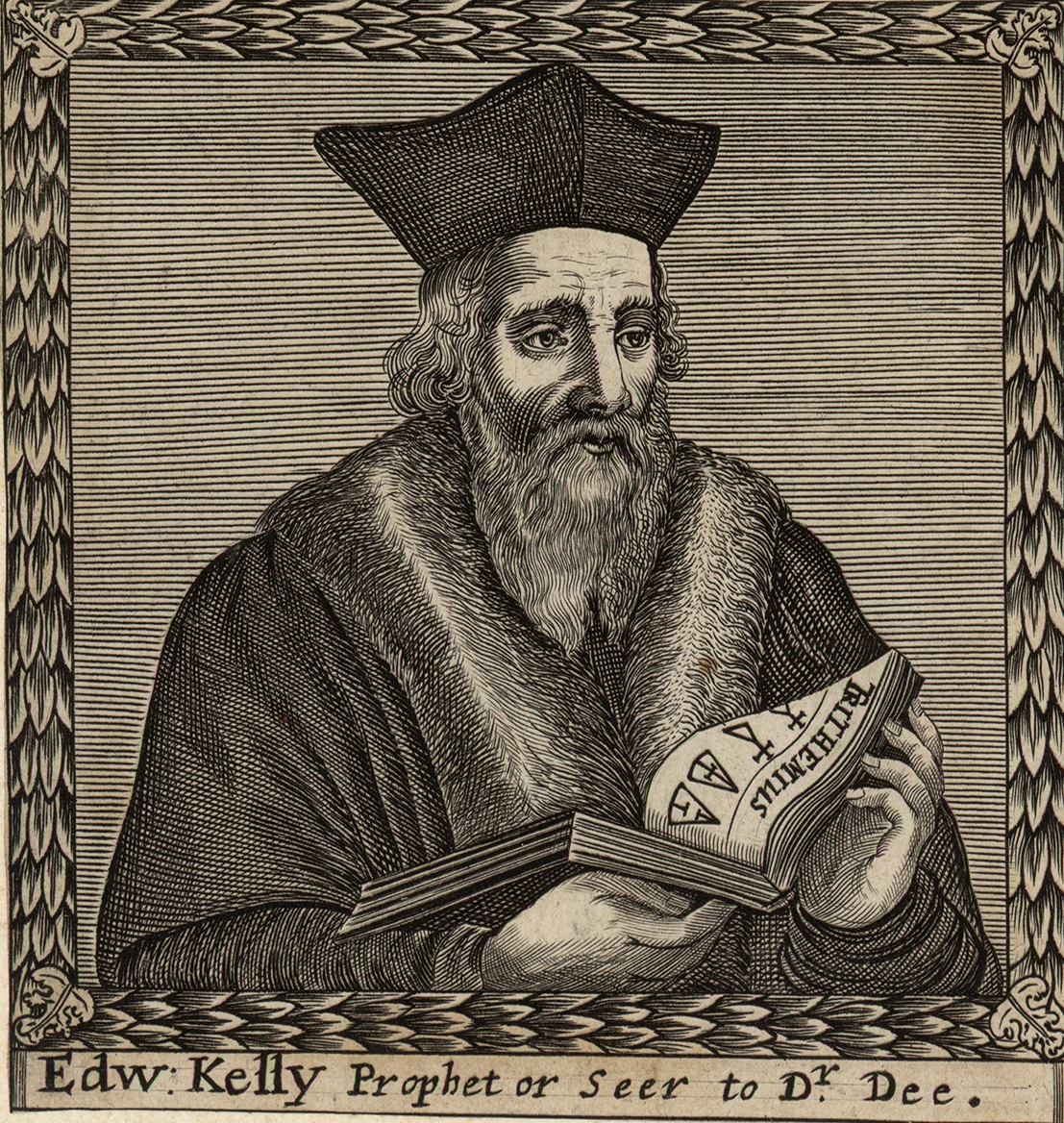
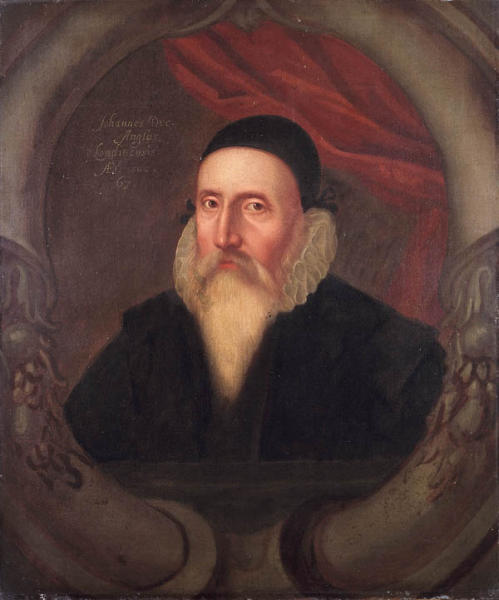

Location:
Villa Mondragone in an area called, from its many castles and villas, Castelli Romani about 12 miles (20 km) southeast of Rome, near the ancient town of Tusculum, where rare book and antiques dealer Wilfrid Voynich purchased the mysterious manuscript named after him, from a trunk reportedly once belonging to Athanasius Kircher.
Reference Links:
Lisa Fagin Davis, Medieval Academy of America, Admin, Executive Director
“So much for that Voynich manuscript ‘solution’” on Ars Technica
“Has a Mysterious Medieval Code Really Been Solved? Experts say no.” on The Atlantic
“Artificial Intelligence Takes a Crack at Decoding the Mysterious Voynich Manuscript”
“The Language and Writing System of MS408 (Voynich) Explained” by Gerard Cheshire
“Scientists claim to crack an elusive centuries-old code — and it’s Hebrew” on The Times of Israel
“Has Gordon Rugg solved the mystery of the Voynich manuscript text? Part 1” on ScienceBlogs.de
Dr. Greg Hodgins of the Accelerator Mass Spectrometry Lab at the University of Arizona
“600-year-old mystery manuscript decoded by University of Bedfordshire professor”
“Voynich f6v: Ricinus communis, the Castor Oil plant?” by Stephen Bax
The whistling language called Sfyria on the Greek island of Evia.
“5 of the most baffling books ever written” by Paul Ratner on BigThink.com
“Researchers Use Medieval Remedy to Kill Modern Superbug” on History.com
René Zandbergen’s comprehensive website on the Voynich Manuscript
The BEINECKE RARE BOOK & MANUSCRIPT LIBRARY’s website entry for the Voynich Manuscript
“World's premier library, Beinecke back open again” on News 8 local coverage on YouTube
“Using the Reading Room and Handling Materials in the Beinecke Library”
History of Research of the Voynich Manuscript by René Zandbergen
Related Books:
Fire Protection specialist Greg Schmitz dispels some myths about Halon fire suppression:
Hi guys,
Love the show! I was listening to your most recent episode about the Voynich Manuscript when I heard a couple common myths repeated regarding fire suppression systems. I’m a senior fire protection technician for a Los Angeles based company with 12 years experience, and a lot of people have similar misconceptions about fire suppression systems.
I’m glad that the library has a clean agent system installed to protect these priceless artifacts, but there’s no need to worry about life safety issues from these systems. They are expertly designed, have an excellent safety record, and when maintained properly, are there to protect property while also being safe for humans working in the area.
Myth #1: Halon 1301 is toxic.
While CO2 systems are designed for normally unoccupied spaces and use an agent concentration of around 45% (10% is immediately dangerous to human life), halon 1301 (bromotrifluoromethane) systems use around 5% for class A fires (paper, cloth, wood, etc.). Halon 1301 is lethal at around an 83% concentration in pure form, and around 14% once exposed to flame, as it breaks down into hydrogen bromide, hydrogen fluoride, and free halogens. However, these are extremely irritating and will make you want to get away quickly. These stats reflect use on class B (liquids) test fires, though, a class A fire in the incipient stage from burning documents would produce much less thermal decomposition byproducts, as they are smoldering, smokey fires which would set off the smoke detection and activate the suppression system quickly. That’s if a conservationist or librarian didn’t use a portable extinguisher first, which would likely be distilled water mist (safe) or another clean agent which would have similar properties to 1301 but are slightly more toxic (very safe, no worse than 1301.) At any rate, it’s safe to breathe the percentage of agent discharged to extinguish fire for 4-5 minutes, which gives plenty of time to escape. CO2 would prove lethal under the same circumstances. Keep in mind that the U.S. armed forces and NASA have used 1301 for years in spaces that can’t be evacuated or ventilated, like spacecraft and armored fighting vehicles in combat.
Inergen was also mentioned. Inergen is similar in application to halon 1301, but is an inert gas mixture of nitrogen, argon, and CO2 proprietary to Ansul. It doesn’t create thermal decomposition byproducts like 1301, and is safe to breathe for around 4-5 minutes at the design concentration of around 35-40%. It starts becoming dangerous at 62% so there is about a 20% safety margin. With either of these products, evacuating ASAP is ideal, as it would be during any fire event anyway. Having both of these systems installed concurrently covering the same area would be unusual, but given the nature of the hazard, theoretically possible with approval from the authority having jurisdiction (fire inspector).
Myth #2: Halon 1301 removes or “sucks all the oxygen out of the room.”
Again, it’s being confused with CO2. CO2 displaces oxygen, effectively smothering the fire. Halon 1301 works by interrupting the chemical chain reaction required for fire to sustain itself and grow. (The bromine in the compound is responsible for both its high effectiveness on fire, as well as its negative impact on the ozone layer.) Inergen does work by smothering, but retains a higher safety margin than CO2 and can therefore be used in normally occupied spaces.
Myth#3: Halon is used in kitchens.
Nope, and never was. CO2 was used in kitchen suppression systems early on, as was dry chemical but these offer no fuel securement. Once the gas or powder cloud dissipates, the fire could restart if the fuel remains hot or an external ignition source remains. Halon would offer similar limitations. The systems designs are also different. Kitchen systems are local application only, they apply agent to a specified area, i.e. appliances, duct, and plenum, whereas halon 1301 systems are total flooding. These systems fill an entire room up to the specified design concentration and hold it for a specified time period. The room must be relatively gas tight to hold the agent concentration, which commercial kitchens are not. They are open floor plan with massive ventilation fans, not suited at all for holding extinguishing gas. Modern kitchens use water-based wet chemical, which discharges as a spray and works through cooling and saponification to extinguish grease fires and keep them out. It’s a non-toxic mixture of water and potassium salts.
Thanks for listening to my rant and keep up the great work!
Sincerely,
Greg Schmitz
Frontier Fire Protection
Special Offers from our Special Sponsors:
FIND OTHER GREAT DEALS FROM OUR SHOW’S SPONSORS BY CLICKING HERE!
Some astonishing news! This episode of Astonishing Legends is brought to you by A&E’s new night of Paranormal programming! Starting Wednesday August 21st, don't miss the return of Ghost Hunters at 9PM and followed by Psychic Kids at 10PM. Fifteen years after introducing the world to the field of authentic paranormal investigation, Ghost Hunters returns to television, now on A&E. The series that terrified and captivated fans for 11 seasons will follow one of the original team leaders, Grant Wilson, and his handpicked group of professional ghost hunters as they use their decades of field experience to investigate hauntings across the country. With engaging forensic experts, historical records, and the most innovative technology available, the new squad will help everyday people who are struggling with unexplained supernatural phenomena. Psychic Kids will follow Ghost Hunters with all new episodes featuring past Psychic Kids from the original show, who are returning as successful adults, to empower a new generation of young psychics. They will spend time with the children, and their families, to assist them in taking control of their paranormal abilities, as well as showing them the remarkable power of their immense gifts. Be sure to tune-in to A&E as the network returns to Paranormal programming on Wednesday, August 21st with Ghost Hunters at 9PM and Psychic Kids at 10PM.
The Great Courses Plus – Learn about virtually anything, now with over 10,000 lectures on almost any subject you can think of – from history and science to learning a new language, how to play an instrument or explore topics like food, the arts, travel, business, and self-improvement! And now their app lets you download and listen to only the audio from the courses or watch the videos, just like a podcast! Switch between all your devices and pickup right where you left off. Available for iOS and Android. And right now, they’re giving our listeners a special, limited-time offer: a FULL MONTH of unlimited access to their entire library FOR FREE! But to get this offer you need to sign up now through our special URL: Just go to TheGreatCoursesPlus.com/LEGENDS to get started!
Best Fiends – If you’re looking for a fun way to pass the time while engaging your brain and enjoying breathtaking visuals and a gripping story, your answer is Best Fiends! Best Fiends is a casual, matching puzzle game that the whole family can play, but really made for adults, and you don’t need to be a gamer to be great at it! You can also play it the way YOU want to, wherever you want, and as much or as little as you want! Collect cute and funny cryptid-like insect creatures while battling silly slugs as you advance through stages in the Best Fiends world. Connect with friends and family through Social Media and challenge them to beat your levels or help them along. This unique puzzle game doesn’t require the internet, so it’s great to play while it while traveling or commuting, and Best Fiends updates the game monthly, so you’ll never run out of new levels, goals and events – it never gets old! Go check out the 5-start rated mobile game that already has 100 million downloads globally and engage your brain with fun puzzles and collect tons of cute characters! Download for free on the Apple App Store or Google Play. That’s FRIENDS without the “R,” Best Fiends!
CREDITS:
Episode 152: The Voynich Manuscript Part 2. Produced by Scott Philbrook & Forrest Burgess; Audio Editing by Sarah Vorhees Wendel; Sound Design by Ryan McCullough; Tess Pfeifle, Producer and Lead Researcher; Research Support from the astonishing League of Astonishing Researchers, a.k.a. The Astonishing Research Corps, or "A.R.C." for short. Copyright 2019 Astonishing Legends Productions, LLC. All Rights Reserved.
